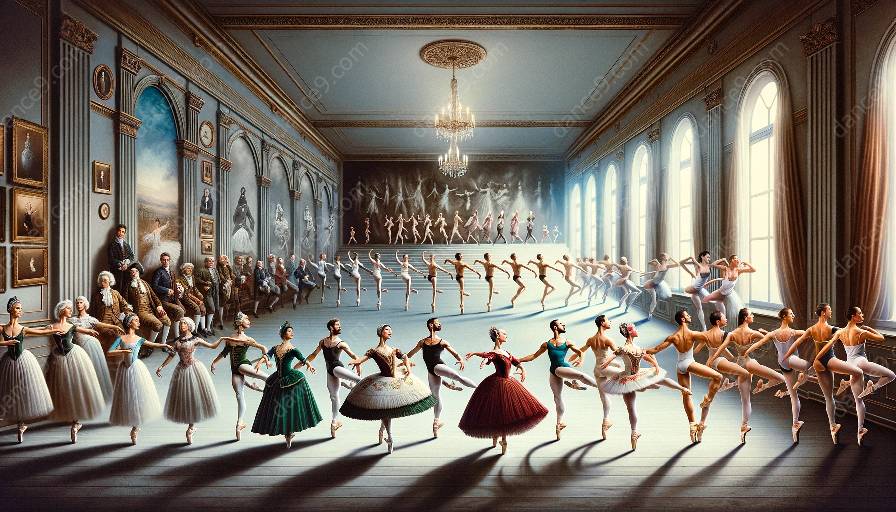Introduction to Ballet Techniques and Technology
Ballet, a classical dance form with a rich history and tradition, has been shaped by technological advancements that have influenced training methods and performance techniques. Understanding the evolution of ballet techniques in conjunction with the impact of technology provides valuable insights into the development of this art form. This exploration will examine the intersection of technology and ballet techniques, delving into how innovations have enhanced training, choreography, and production.
Evolution of Ballet Techniques
The evolution of ballet techniques encompasses a progression from traditional training methods to modern approaches influenced by technology. Historical ballet techniques emphasized discipline, strength, and grace, with a focus on precise movements and body alignment. As ballet evolved, so did the techniques, incorporating new styles and movements. Additionally, the integration of technology has redefined training methods, enabling dancers to refine their skills through virtual learning platforms, motion capture technology, and biofeedback systems.
Ballet History and Theory
Ballet history and theory provide a contextual framework for understanding the art form's development and its enduring significance. Tracing the origins of ballet back to the Renaissance and its evolution through different eras sheds light on how ballet techniques have been shaped by historical, cultural, and artistic influences. Furthermore, ballet theory encompasses the principles of movement, choreography, and performance interpretation, offering a comprehensive understanding of the art form's theoretical foundations.
Technological Innovations in Ballet Techniques
The influence of technology on ballet techniques is evident in various facets of training and performance. For example, motion capture technology allows dancers to analyze and refine their movements with precision, leading to enhanced technique and artistry. Virtual reality and augmented reality applications enable dancers to immerse themselves in interactive environments, expanding their creative possibilities and spatial awareness. Furthermore, advancements in costume technology and stage lighting have transformed the visual aesthetics of ballet performances, contributing to innovative choreographic interpretations.
Enhancing Training and Performance
Technology has revolutionized ballet training by providing tools for personalized feedback, injury prevention, and cross-disciplinary collaboration. Dancers can utilize video analysis software to review their performances and identify areas for improvement, facilitating continuous development of their techniques. Additionally, wearable technology such as smart garments and sensor-based devices offer insights into dancers' physiological responses, allowing for optimized training regimens and injury management.
Artistic Exploration and Collaboration
Contemporary ballet productions have embraced technological advancements to explore new artistic possibilities and interdisciplinary collaborations. Digital scenography and projection mapping have expanded the visual storytelling capacity of ballet, blurring the boundaries between traditional stage design and immersive multimedia experiences. Collaborations with composers, visual artists, and technologists have catalyzed innovative approaches to choreography, incorporating interactive elements and audiovisual compositions into ballet performances.
Conclusion
The intersection of technology with the evolution of ballet techniques underscores the dynamic nature of this classical art form. Embracing technological advancements has empowered dancers and choreographers to push the boundaries of creativity and artistic expression. By recognizing the compatibility of technological influence with the historical, theoretical, and practical aspects of ballet, we can appreciate the ongoing evolution of ballet techniques and the enduring legacy of this captivating art form.





























